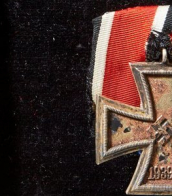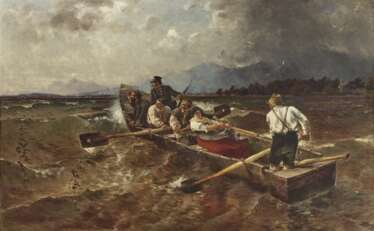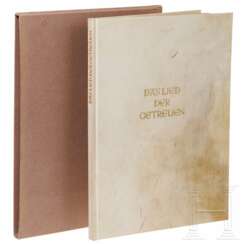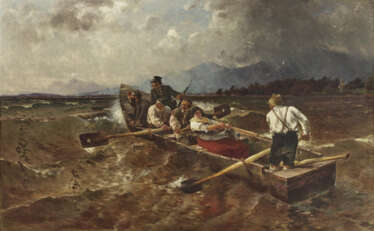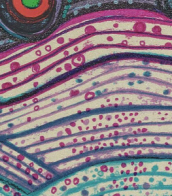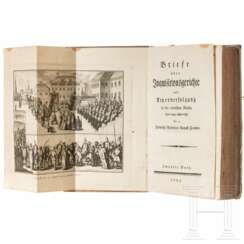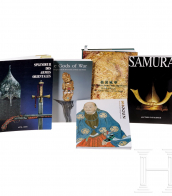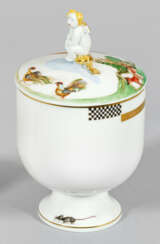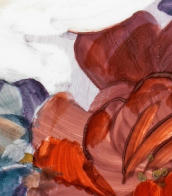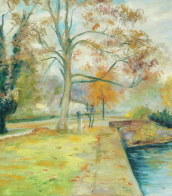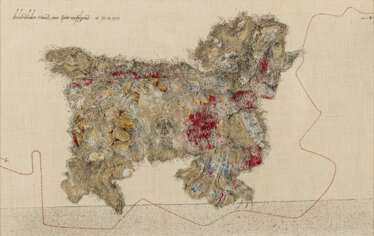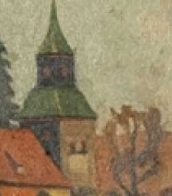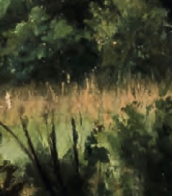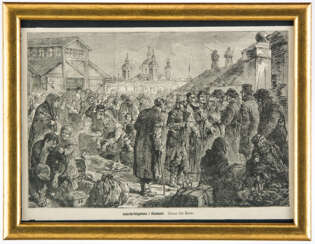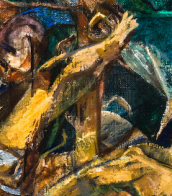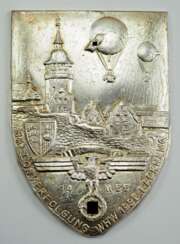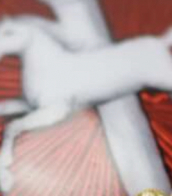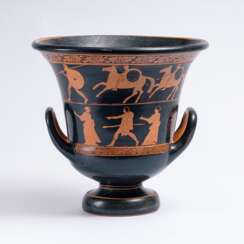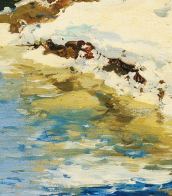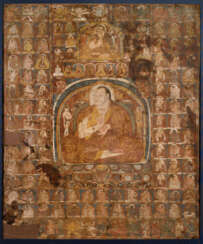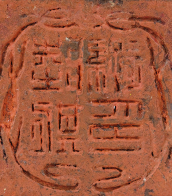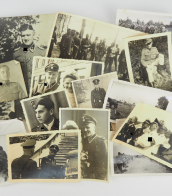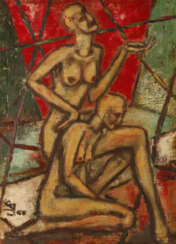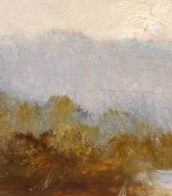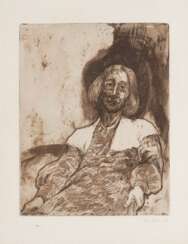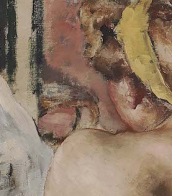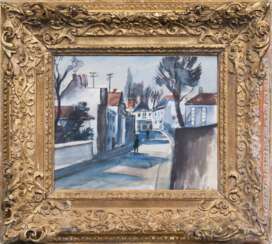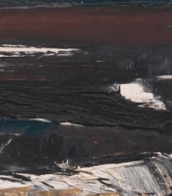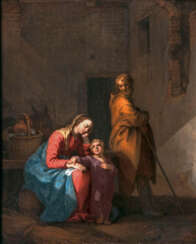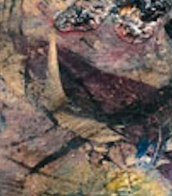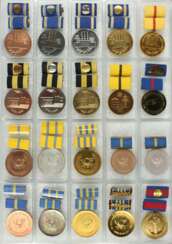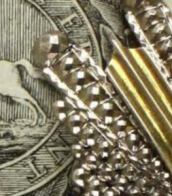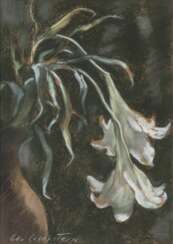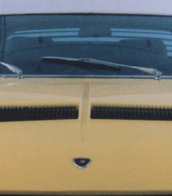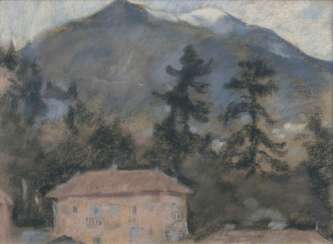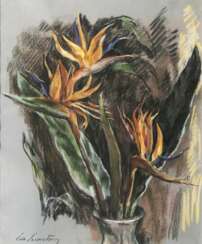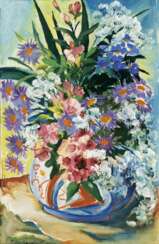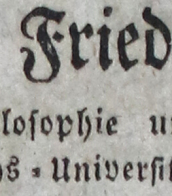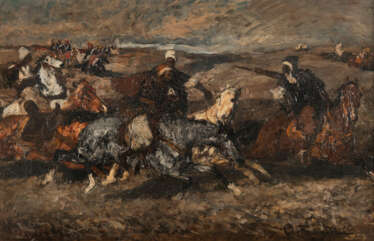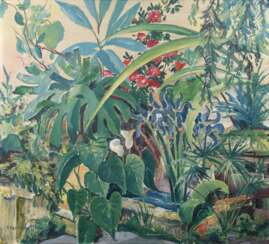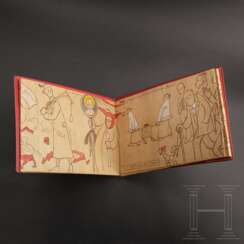verfolgung
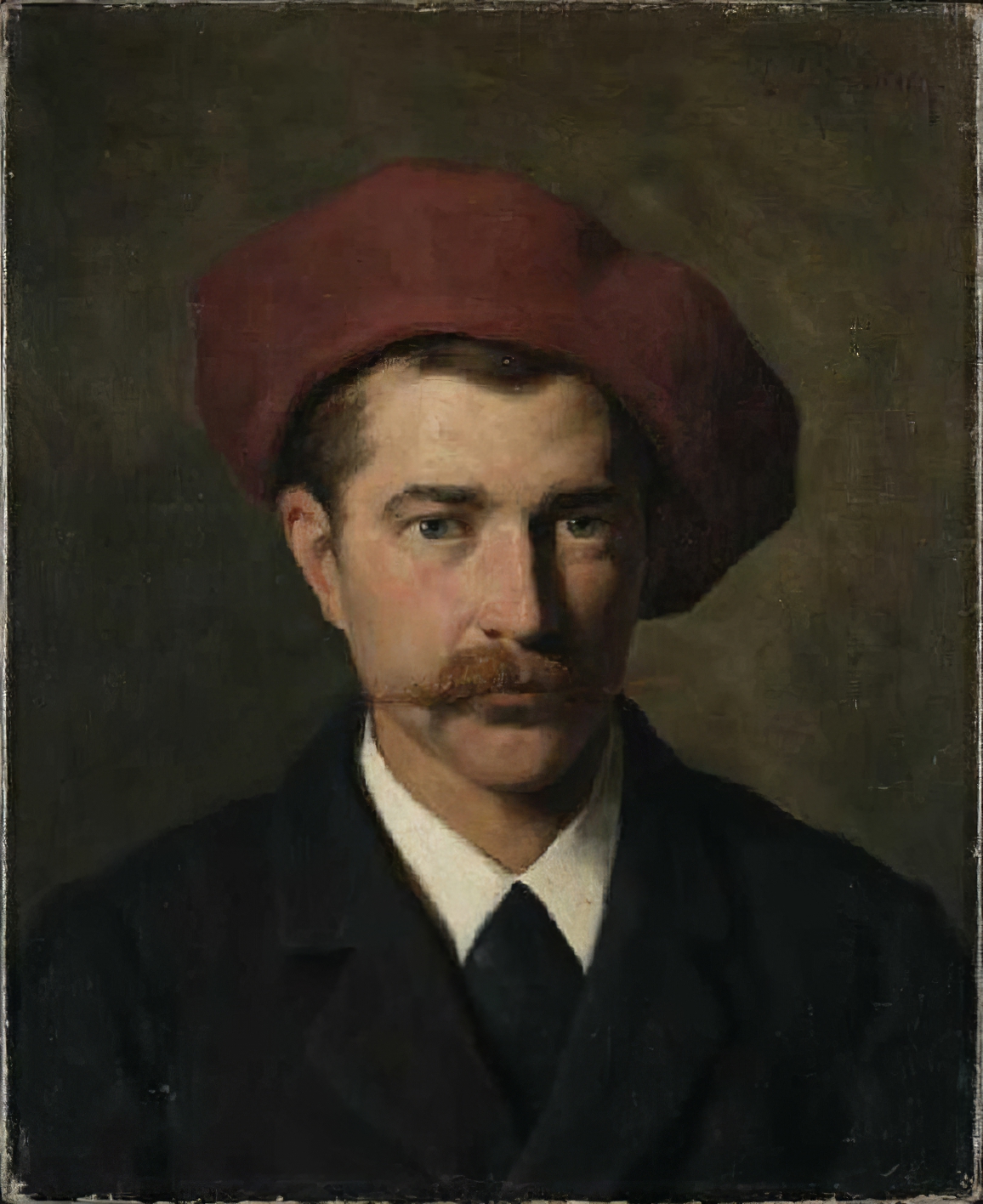
Josef Wopfner was a German landscape painter who worked in the second half of the 19th and early 20th centuries in the Impressionist style. He was a master of landscape and genre painting.
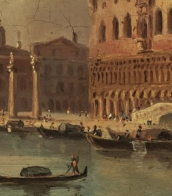
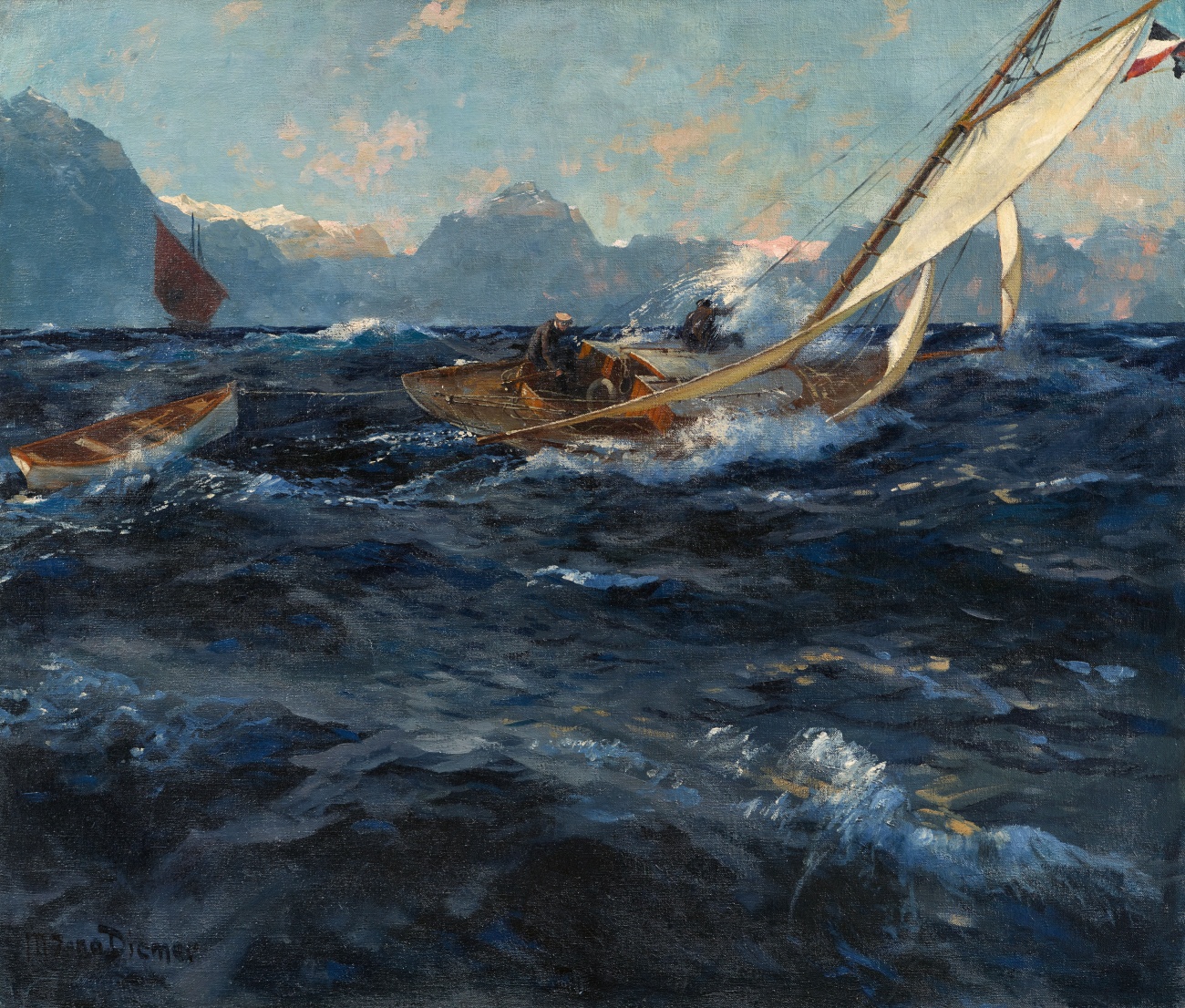
Michael Zeno Diemer was a German painter. Now known primarily for his marine paintings and postcard designs, he was initially famous for his panoramic paintings of battles.
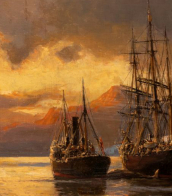
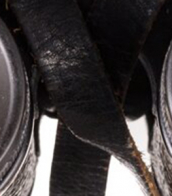
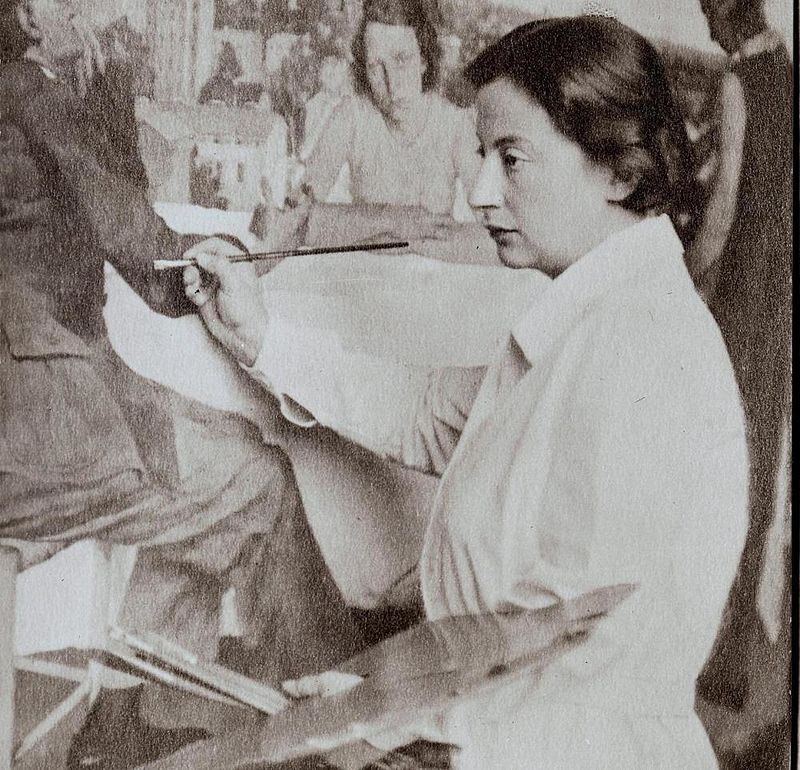
Lotte Laserstein was a German-Swedish artist and a prominent representative of German realism.
Lotte was a student at the prestigious Berlin Academy of Fine Arts and became an accomplished realist painter, receiving a gold medal from the Academy for her work. Her first exhibition took place in 1930 at a Berlin gallery. Laserstein worked partly in figurative painting, had apprentices, and illustrated anatomy texts to earn money. She also painted portraits of cosmopolitan, emancipated women as well as self-portraits.
The National Socialist regime forced the artist to leave Germany in 1937 and emigrate to Sweden. Her mother died in a concentration camp. Lotte Laserstein lived in Stockholm until the end of her life, creating over five decades of work, in addition to expressive self-portraits, many moving images of other immigrants, rural landscapes and urban scenes in Sweden.
Lotte Laserstein became a member of the Swedish Academy of Fine Arts and earned a reputation as a popular and respected portraitist. She has approximately 10,000 works in her oeuvre.
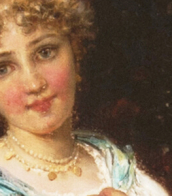
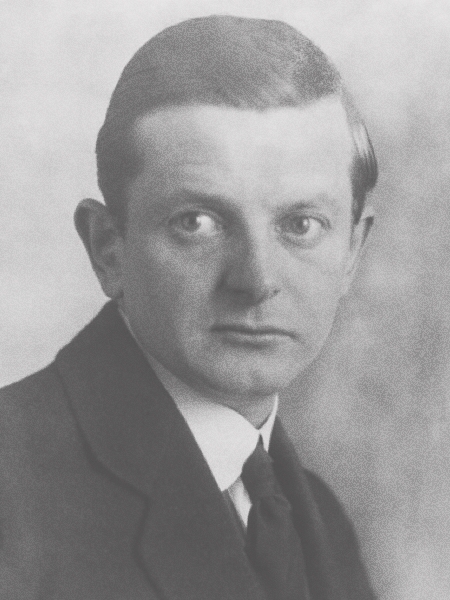
Franz Heckendorf was a German painter and graphic artist who was particularly successful during the Weimar Republic. During the National Socialist era, he was sentenced to ten years in prison after helping Berlin Jews threatened with deportation to extermination camps to escape to Switzerland.


Franz Heckendorf was a German painter and graphic artist who was particularly successful during the Weimar Republic. During the National Socialist era, he was sentenced to ten years in prison after helping Berlin Jews threatened with deportation to extermination camps to escape to Switzerland.
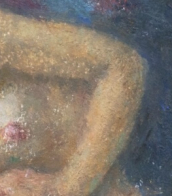
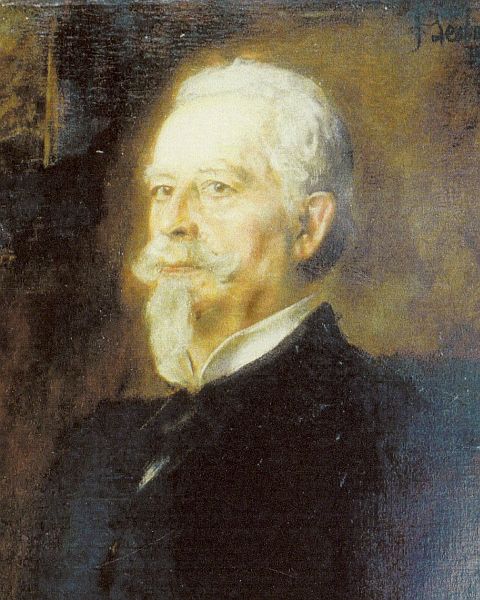
Otto von Faber du Faur was a German officer and painter of the second half of the 19th century. He is best known for his skillful depictions of battles. His works combine elements of impressionism and expressionism.
Faber du Faur was considered one of the leading German battle painters of his time, who devoted himself to historical painting. He chose the Napoleonic wars and military conflicts of his time as his main subjects, as well as scenes from Eastern life, which he was inspired by a trip to Morocco. His paintings are characterized by dynamic composition, dramatic gestures of figures and high contrast of colors. In the late period of his work, the artist paid special attention to skillfully applied color, which became the main expressive means in his works.
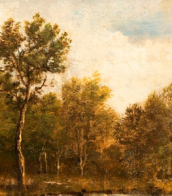

Franz Heckendorf was a German painter and graphic artist who was particularly successful during the Weimar Republic. During the National Socialist era, he was sentenced to ten years in prison after helping Berlin Jews threatened with deportation to extermination camps to escape to Switzerland.
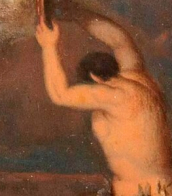

Franz Heckendorf was a German painter and graphic artist who was particularly successful during the Weimar Republic. During the National Socialist era, he was sentenced to ten years in prison after helping Berlin Jews threatened with deportation to extermination camps to escape to Switzerland.

